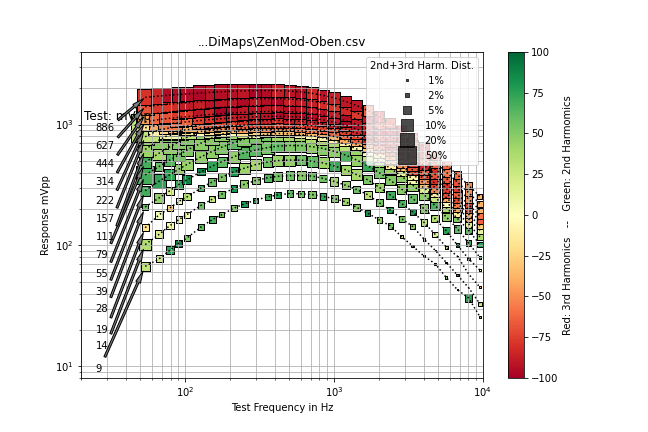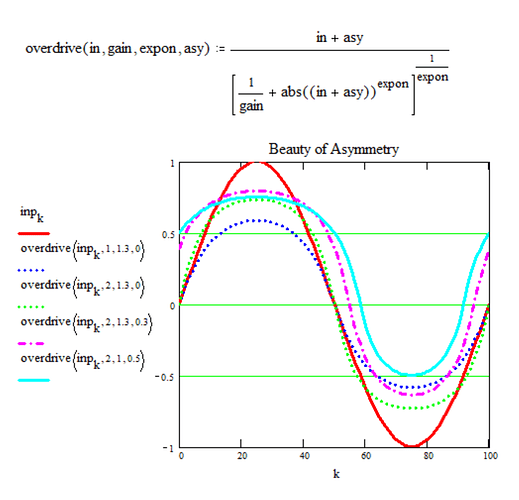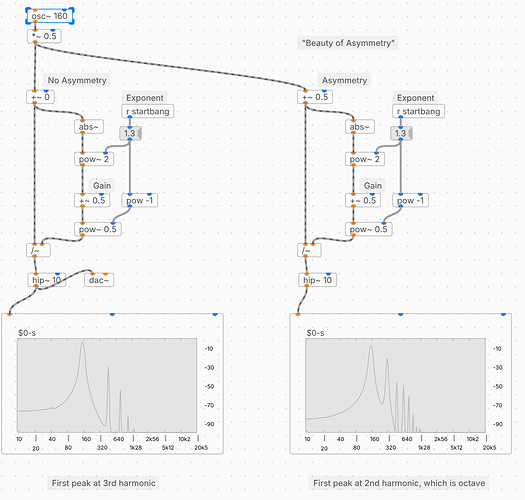Originally I wanted to share my project, but as zips are not welcome, I can share an idea.
The Project is called “Beauty of Asymmetry” and I think it is worth sharing, because it covers one reason, why Tube Amps are still loved by Guitar players. (The most important other one is high output impedance, but that’s another story…)
Some of my background is that I have been studying overdrive circuits for some years now and have developed “Picture of Sound” which is an attempt to visualize what an overdrive is doing to the sound.

The size of squares show the amount 2nd or 3rd harmonics added. The colour shows, whether the harmonics are 2nd or 3rd. The different lines belong to different input or test levels (pure sine), the position show the output level. So this typical Picture of Sound of a modified ZEN overdrive shows that for low input level we have only low distortion and we see that the signal passes a high pass (input) filter and a low pass (output) filter. With increasing input level the amount of distortion increases and at first this is done with 2nd harmonics, later with high test level, the 3rd harmonics become predominant. If done with electronics, asymmetric diode clipping is one of the ways to produce this. Also a triode stage in a tube amp will do it. More here: Picture of Sound - Make visible the Behaviour of an Overdrive or an Amp - Elektronik allgemein - Das Musikding Forum
So lets introduce the formula. And how it does generate distortion, which can be asymmetric, if you just add an offset.
But why would you want that formula?
It is, because this asymmetry adds 2nd harmonics, which is just the octave.
The beauty is the fact, that the human ear will not perceive the octave as “distortion” but the sound is just enriched, if you add just a little bit of it.
If you want to use this in your overdrive project, you can put several of these stages in a line, just like the gain stages of a tube amp.
Happy experimenting! Daisy and Plugdata are so nice means for this!
Christof

